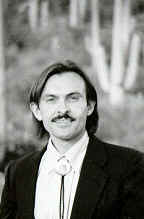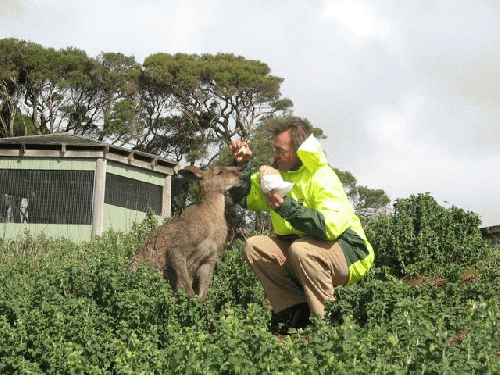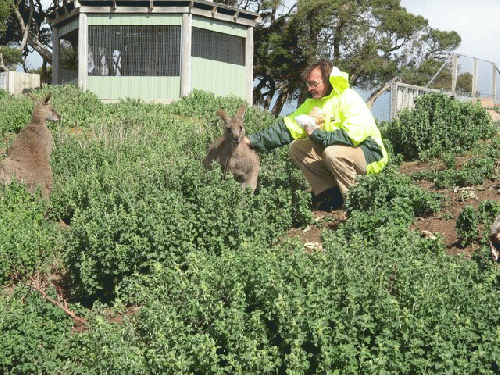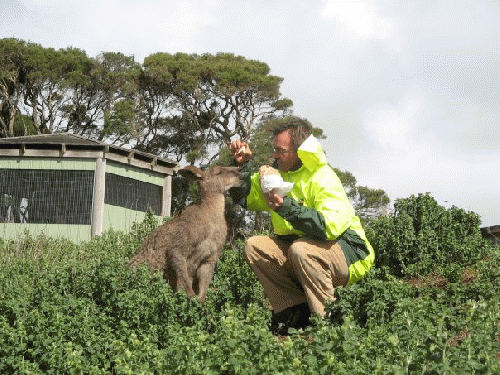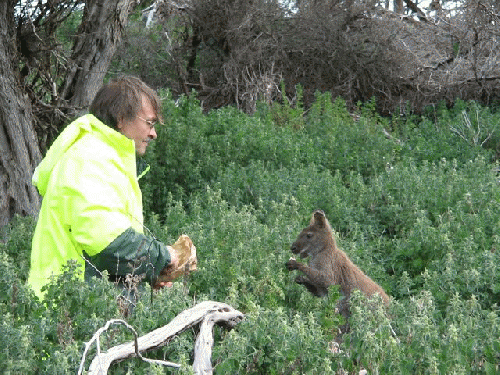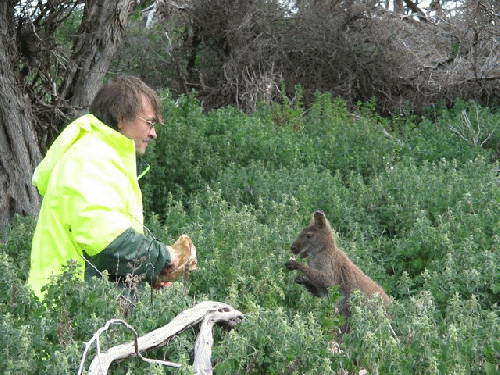Today we are in Melbourne where we are presenting a workshop for Hearing Voices Victoria (http://www.voicesvic.org) on indigenous approaches to hearing voices. We were wisely moved to an air conditioned conference room in Prarahm Mission since our previous conference room had none and the temperature in Melbourne had surpassed all previous records for the 9th day in a row. Global warming had come to southeastern Australia where the day's temperature was 40 degrees Celsius.
Hearing Voices Victoria is a marvelous organization that promotes the idea that hearing voices is a common experience that occurs with at least 40% of the world's people and that people who are having trouble with mean or deprecating voices can learn to manage those voices. Organizations like this are springing up all over the world including the Irish Advocacy Network, the Hearing Voices Network in Great Britain, and InterVoices in Europe. Voices Victoria is sponsoring the world hearing voices conference this November, 2013.
I began by contextualizing our approach. I introduced my wife Barbara who works with me in Vermont with our clients who hear voices. I then began to describe our theoretical perspective on voices, which is both indigenous and contemporary. From the indigenous perspective, what we practice is elder-endorsed. All these ideas are compatible with what elders teach and do. In the contemporary, Mikhail Bakhtin was one of the first prominent European philosophers to write about these approaches, and we suspect that he was influenced by the indigenous Sami people. Bakhtin wrote that the mind is a collection of independent, cacophonous voices, each struggling with the others to gain supremacy, some winning in some moments, others in other moments with shifting coalitions and allegiances. He used Dostoevsky's Raskolnikov as his model. Today, two centers for this mode of thought are that of the Finnish Psychosis Project of Holma and Aaltonen at the University of Jyvstravka and Hubert Hermans' dialogical self theory and therapy group at the University of Utrecht in the Netherlands.
Here's our perspective: we accept all voices as real. We give them full ontological reality. We assume that all voices are valid beings in some dimension and that voice hearers are inter-dimensional travelers who have much to offer the rest of us.
Within the Lakota view, our bodies are surrounded by a swarm of all the stories ever told that have influenced us, called the nagi. This swarm includes aspects of all the spirits of all beings who ever told these stories. Swarminess is an important mathematical concept that is being studied extensively with the prototype being a swarm of bees. The notion of swarminess emcompasses the Lakota concept of the nagi very well.
Let's continue with Bakhtin, et al. Minds are meeting places in which multiple characters speak. Some of these characters are beings from other dimensions (spirits and others). Some of these characters are those aspects of beings, which exist within our swarm and continue to tell their stories. Some of these characters are our internally constructed avatars, which are our representations of people from our outer social world. We need these avatars to run social simulations, which is the default mode of our brains. We spend our days wondering what Joe or Karen would do if I did X. Or, if my wife and I have had an argument, I run a simulation about what I should bring home to make up with her -- flowers, chocolate, Chinese take-out, or jewelry. We push these avatars around in our social simulations and use them to best-guess the behavior of important people in our lives. Our minds are complicated.
So we believe that all voices are real and deserve exploration. We do this by dialoging with the voices, asking them about their origins, their life stories, how they came to intersect with us, what their desires and beliefs are, where they believe they are headed, and how we can all better get along. In this process, we come to learn which voices are valid other-dimensional beings, which voices come from our nagi's, and which voices are our internally constructed avatars. We learn how to build coalitions to oppose some voices and put them into their place, especially the bullying and humiliating voices.


